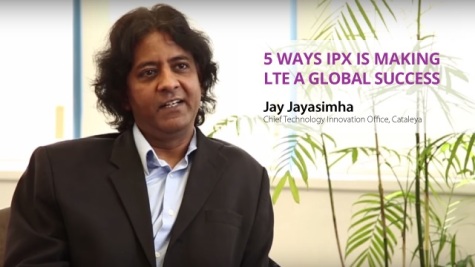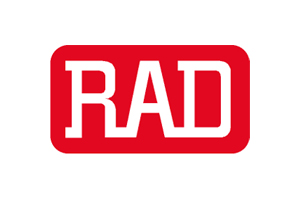Managing Today’s Complex Radio Access Network
The RAN lifecycle typically goes through four phases: 1. Planning/Design/Rollout, 2. Performance Assessment, 3. Network Optimization, 4. Capacity and Small Cell Planning. In phase 1, it is standard practice to start with coverage priorities and then move to capacity. In order to predict your network coverage with high confidence, it is imperative that accurate RF propagation models be used in the RF planning tool. With accurate prediction, operators are able achieve tremendous cost savings while meeting network coverage goals.
This paradigm holds true in 4G rollouts as well. However, as the coverage becomes more ubiquitous, the networks are mostly capacity limited. The focus then shifts to capacity relief in later stages of RAN lifecycle.
The advent of small cell-centric 5G will usher in a plug-and-play era for cellular, not dissimilar from WiFi models. Accordingly, the planning tools and support system will need to evolve and adjust to this new reality.
Phase 2 of the RAN lifecycle is about assessing network performance. You need state-of-the-art tools to monitor the network, and we know how much operators really do rely on these tools. Drive testing used to be sufficient to understand network behavior, but that’s coming to an end, except for truly Greenfield network / radio access technology (RAT) launches.
Given that optimization and network expansion rely on it, operators understand the need for a reliable measurement solution. Entire network. Real-time. Live. 24×7. End-to-end. Every single transaction across all services. These are critical in today’s multi-RAT, multi-layer, service-aware, multi-vendor heterogeneous networks.

The phase three of RAN lifecycle is network optimization. Today’s state-of-the-art solutions, offer actionable recommendations so that operators do not have to always go look for places to optimize. SON optimization solutions now fully automate that final step. You need closed-loop automation to detect and monitor, but also to change. Infrastructure is vital to knowing how your system is performing.
Phase four in the lifecycle focuses on capacity planning, for which there are two parts. First is the traditional exhaust prediction of each location, upon which usually a carrier add or a cell-splitting is carried out. Second is small-cell planning? For example, with Super Bowl 50 in the Bay Area, we saw mobile operators out in full force adding small cells and other solutions and monitoring around the clock. Should they split the macro network? Add small cells? Where? Will the small cells draw the traffic you want? What will it cost? These decisions must be based on data – network intelligence and tools like are indispensable assets to mobile operators.
Future of RAN
VoLTE is harbinger of things to come. For the first time in the history of the mobile network, we have a mixed-QoS air interface. This is a subtle but an important paradigm shift. Then there is the end-to-end bearer management challenge that did not exist before. Thirdly, we now have dual control plane system thanks to SIP ‘out-of-band’ call/session control. All these three fundamental changes require a fundamental re-think of support systems.
There are disruptions on the horizon. New spectrum will raise game-changing questions like, how do you plan for LTE on new spectrum? LTE-U and IoT are potential game changers, and many industry trends are pointing to small cells finally experiencing the surge predicted 4-5 years ago, but differently than expected. There are new business models entering the market, and we are all working to stay ahead of the curve and make a difference. Evolution is the key.
We invite you to visit NETSCOUT at Hall 1, booth 1C40 at Mobile World Congress 2016 in Barcelona to learn more about TrueCall® the industry-leading monitoring, visualization and optimization tool providing operators key functionality for all four phases of network evolution. The integration of TrueCall® with the Iris Session Analyzer (ISA) application, which analyzes calls and sessions, offers unparalleled troubleshooting capabilities to quickly isolate the root cause of RAN issues. Come see how our Iris and nGeniusOne service assurance solution suites offer proactive service triage and subscriber performance- level details.


 The LTE North America 2015 Awards shortlist has been announced today, ahead of the awards ceremony set to take place at LTE North America, in Dallas, on November 18th. Having received a record amount of entries, the judging panel had the tough job of identifying the strongest, and most innovative technologies and products in the market today.
The LTE North America 2015 Awards shortlist has been announced today, ahead of the awards ceremony set to take place at LTE North America, in Dallas, on November 18th. Having received a record amount of entries, the judging panel had the tough job of identifying the strongest, and most innovative technologies and products in the market today. well under way to apply LTE to public safety and commercial critical communication scenarios, there are still many challenges and discussions to be had to ensure the rollout of reliable and resilient networks.
well under way to apply LTE to public safety and commercial critical communication scenarios, there are still many challenges and discussions to be had to ensure the rollout of reliable and resilient networks. 









